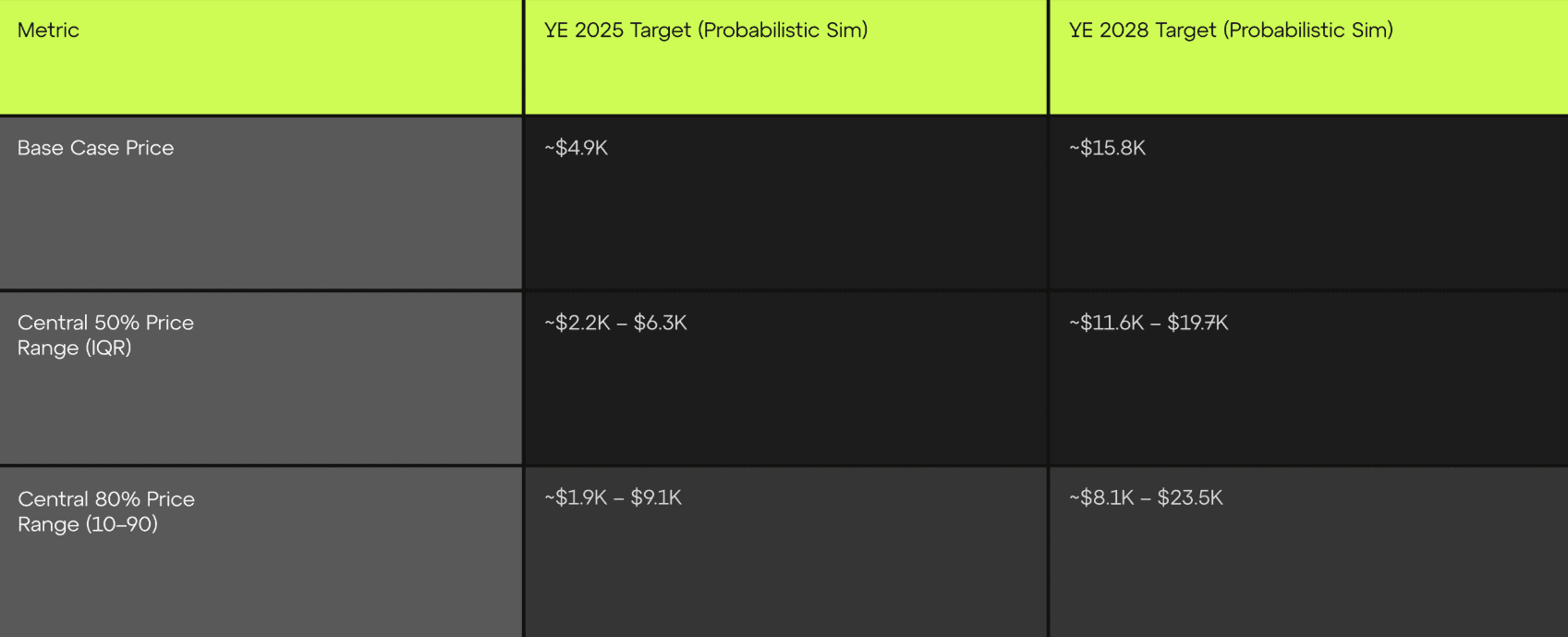On the occasion of its 10th anniversary, blockchain company Consensys has offered a fresh perspective on Ethereum's role in the global economy, viewing it as essential infrastructure for the 'trustware' era.
According to Consensys, Ethereum is not just a platform for smart contracts but is evolving into a foundational layer for verifiable and programmable trust in financial systems and many other fields.
Although this concept is still in a speculative stage, Consensys points out that the increase in Ethereum's market share in tokenized assets, stablecoins, and decentralized finance is an early sign of this transformation. They predict that demand for Ether could significantly increase in the coming years.
Jason Linehan, Chief Strategy Officer of Consensys, shared insights on the network's 'cost to corrupt' model, a theoretical framework he believes can drive ETH to new heights.
Trustware: The new identity of Ethereum
Although less discussed and measured, trust is a core factor in most economic interactions. According to Consensys, the global economy spends over $9.3 trillion annually on trust infrastructure, including insurance, legal systems, auditing, compliance, notarization, and intermediaries.
The digital age has created a new form of trust — borderless, transparent, and enforced by code, allowing strangers to transact with mathematical certainty. Consensys calls this concept 'trustware - reliable software.'
“Trustware is a new approach to illustrating the tremendous value that Ethereum has brought to the economy,” Linehan said. “This value has been built step by step over the past 10 years thanks to the efforts of organizations like the Ethereum Foundation, Consensys, and the global community of Ethereum developers.”
As traditional financial institutions recognize the efficiency and value of this type of trust infrastructure, Consensys argues that the demand for Ethereum will increase accordingly, thereby driving sustainable growth in the value of ETH.
How Trustware is reshaping Ethereum's value proposition
The cost to corrupt model is a pricing framework that links the market value of ETH to the level of security needed to protect economic activities on Ethereum. This model operates on a simple assumption: the greater the value that Ethereum protects, in the form of stablecoins and other DeFi assets, the higher the cost to attack the network.
Using the 'cost to corrupt' model, Consensys predicts that the price of ETH will reach $4,900 by the end of 2025 and $15,800 by 2028. Linehan stated that this model assumes a value of $1 trillion in stablecoins, $500 billion in real-world assets (RWAs), and $300 billion in total value locked (TVL) by 2028, numbers he considers conservative.
“There are credible predictions of $2 trillion in stablecoins and up to $16 trillion in RWAs by 2028 or 2030,” he said, emphasizing Ethereum's current dominance in both asset types.

The report also indicates that investors in ETH are still in the early stages. Currently, the total market capitalization of cryptocurrencies accounts for only 0.3% of global wealth, while the volume of stablecoins reaches only 0.1% of the foreign exchange market.
As of May 31, Ethereum has secured $220 billion in High-Quality Liquid Assets (HQLA), according to Consensys, far surpassing Solana's $20.3 billion and Avalanche's $3.7 billion, although these networks have seen growth over the years.
“The future will not resemble the past... it will be an economy unlike anything we have seen, and it will open doors that we have today. Ethereum makes this possible,” Linehan emphasized.
The secure and scalable architecture of Ethereum
As Ethereum celebrates its 10th anniversary, it has undergone 21 network upgrades and left a legacy of foundational innovations, including smart contracts, NFTs, tokens, DeFi, DAOs, Oracles, Rollups, stablecoins, proof-of-stake, and RWAs — all pioneered on its platform.
The architecture of Ethereum is supported by 1,056,000 validators from 84 countries. Consensys noted that while other blockchains may attract specific sectors, such as gaming and memecoins, where trustware is less important, Ethereum remains the top choice for institutional investors managing billions of dollars in global capital.
“Agent finance will mean that RWAs will be tokenized and all types of assets will be accessed and traded thousands of times per second, 24/7/365, by the most sophisticated algorithms we can imagine,” he said.
